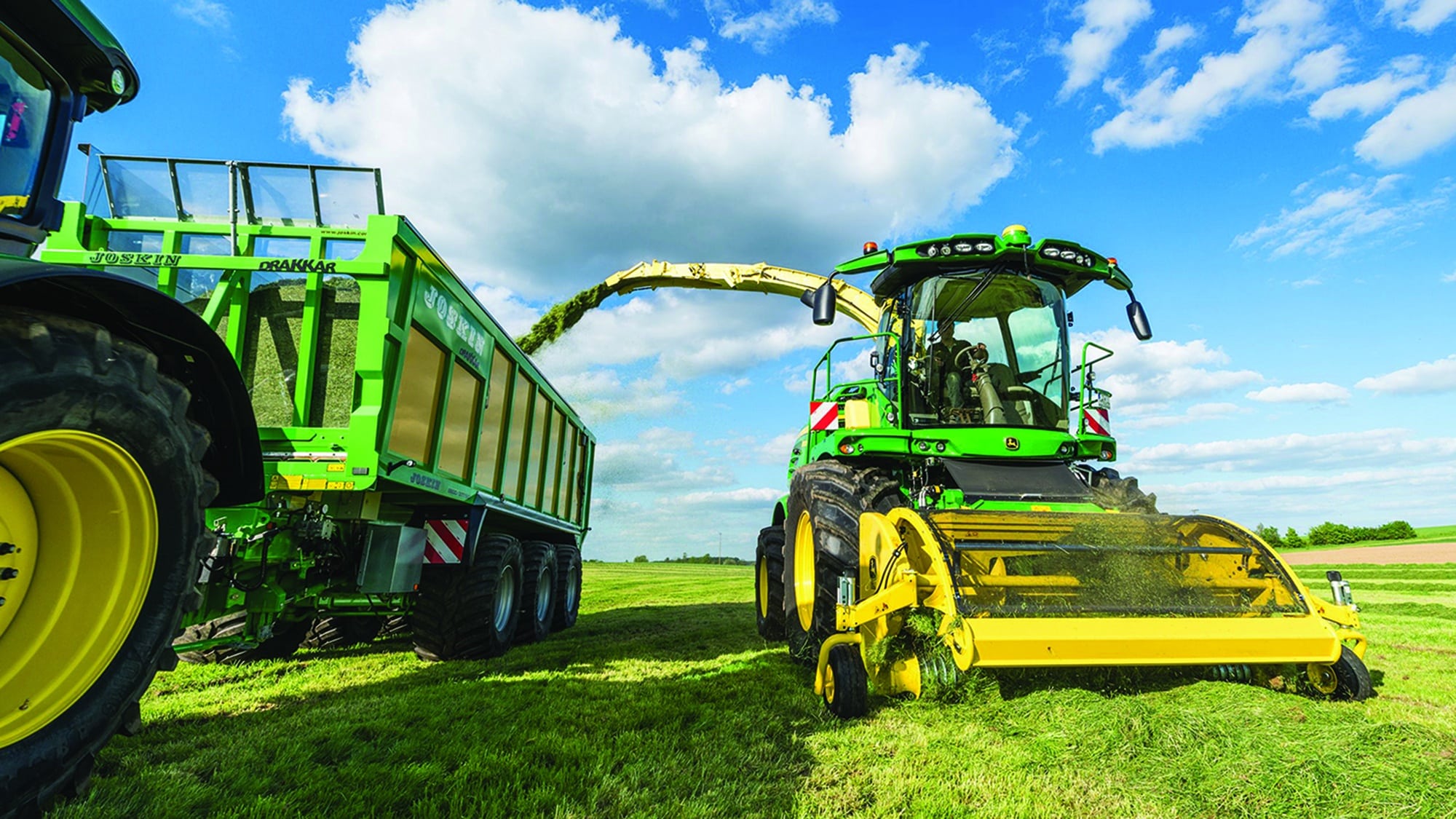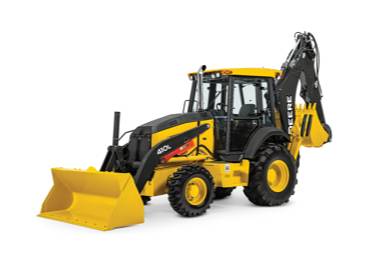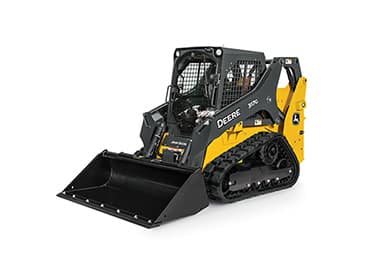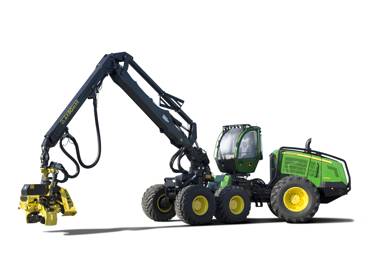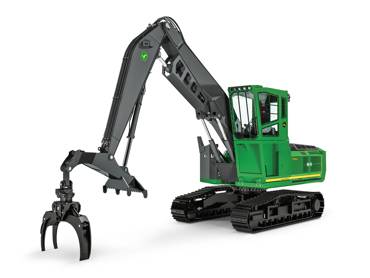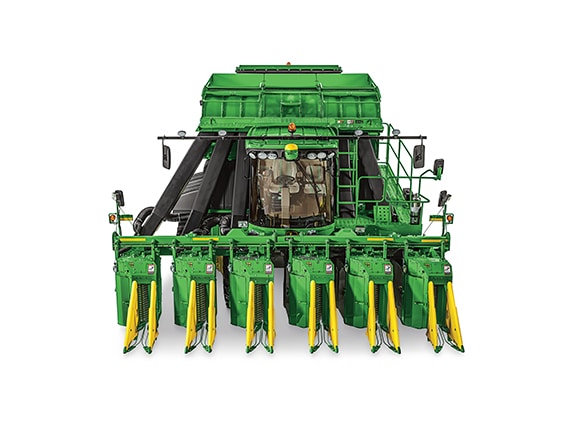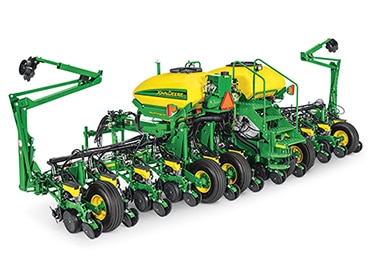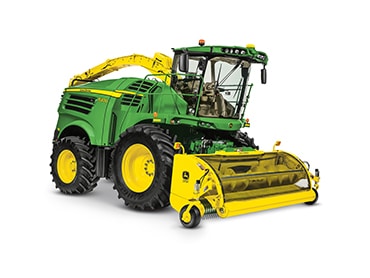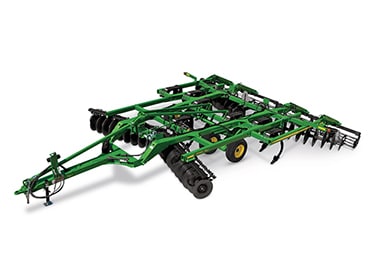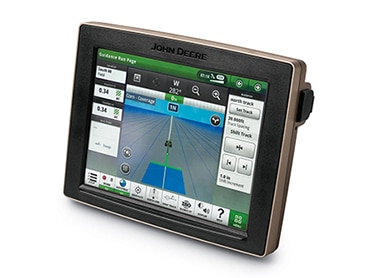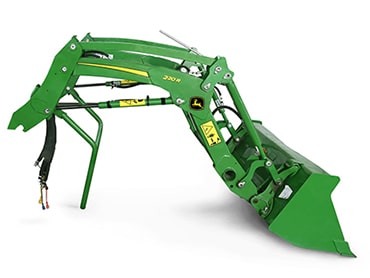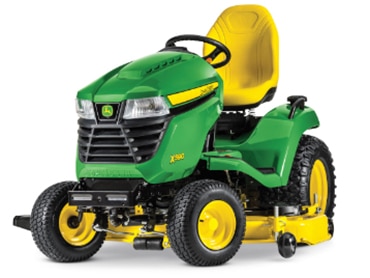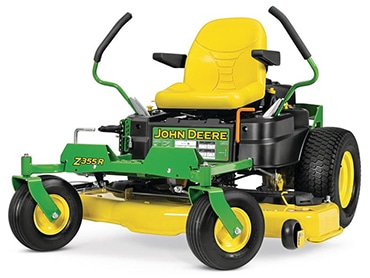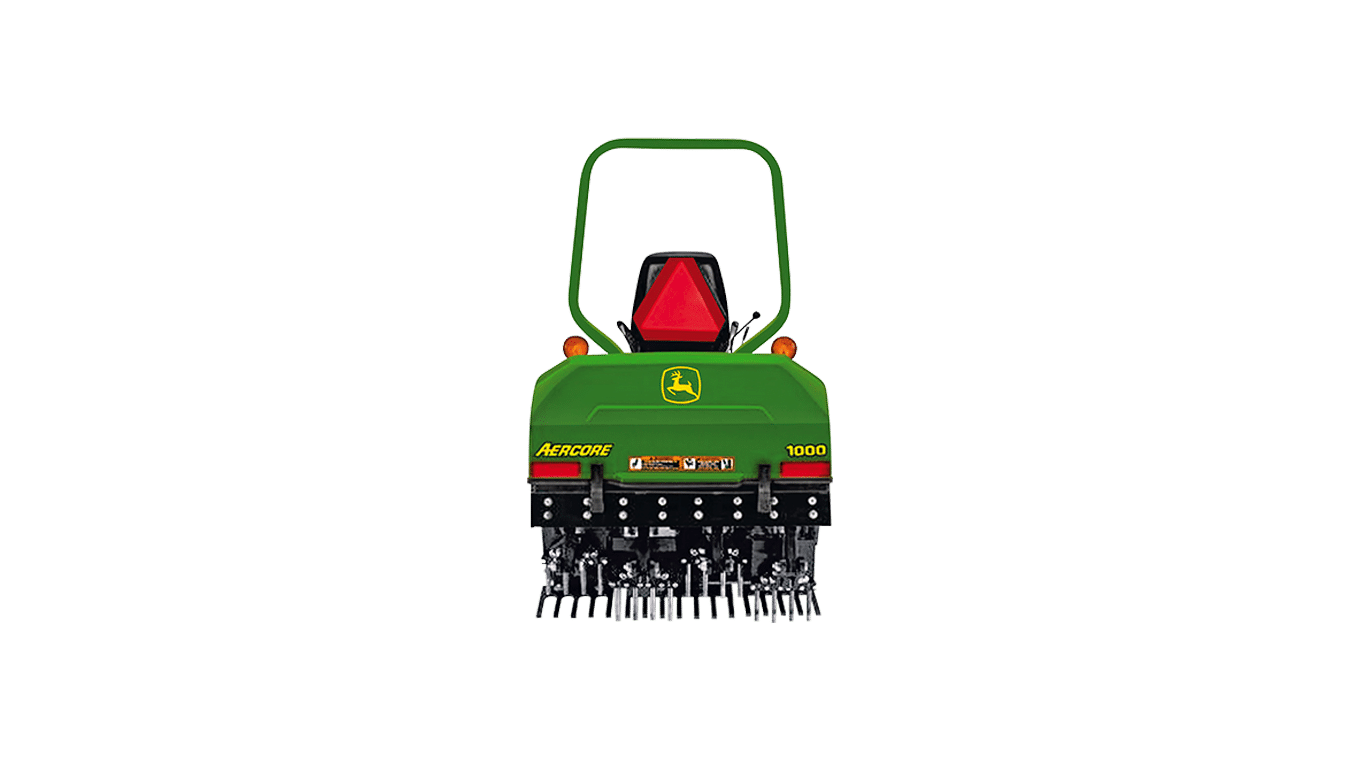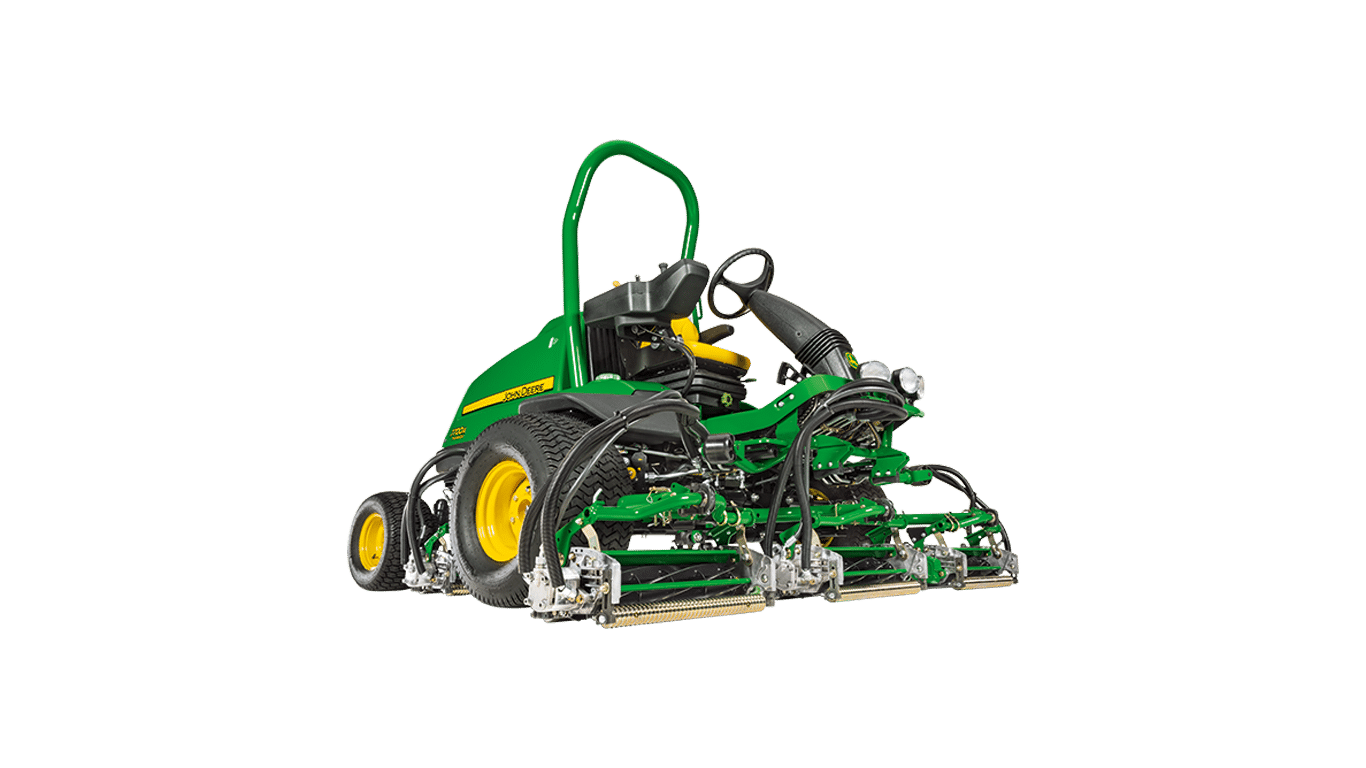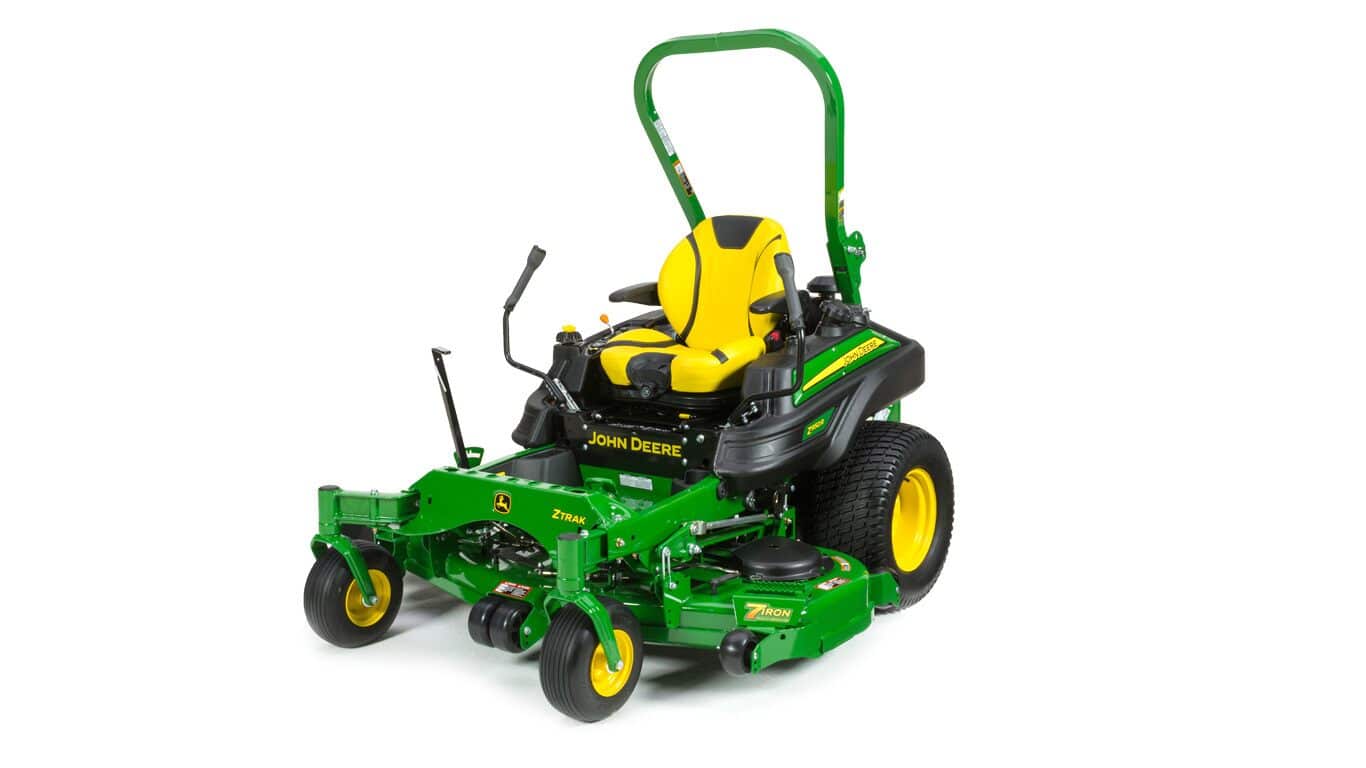Self-Propelled Forage Harvester
- 317 KW (425 hp) Tier 2 John Deere diesel engine
- All-new design delivers improved serviceability with an integrated KP hoist, easy header hook-up and ground level fuel fill
- A best-in-class cab offers easier to use controls, better display access and visibility
Reliability, cutting performance and cost of operation are the three most important factors when choosing a new forager. Better reliability means more uptime. Precision cutting brings more value to your operation. And lower cost of operation delivers more profitability. The 8000 Series brings all of these to your business and more.
Features
Advanced comfort and serviceability improve performance and uptime
Optimal design and positioning of components increases crop delivery performance
Key characteristics are a set of front feedrolls where, when the header interface is in a vertical position, the upper-front feedroll (UFFR) reaches out about 60 mm (2.4 in) over the crop in front of the lower one, grabbing the mat from the harvesting header and pulling it into the feedroll gap. This is a key function when corn headers without feed augers are mounted, assuring the machine’s crop feeder is the sole length-of-cut (LOC) metering unit of the harvester.
Ultimately, the 8000 Series SPFHs provide superior crop-flow efficiency, resulting in industry-leading machine capacity in respective horsepower classes as well as low specific-fuel consumption (liter of diesel per ton of crop harvested). Combined with Dura Line™ technology, the 8000 Series SPFH triggers the lowest possible machine maintenance with minimal cost of operation.
Maximise animal performance through forage quality
Three different cutterhead configurations with 10, 12, or 14 lines of knives, a full or half set of knives, and in conjunction with 1100 or 1200 cutterhead rpm provide an overall range of length of cut (LOC) from 3 mm (0.12 in.) up to 52 mm (2 in.). The 8000 Series Self-Propelled Forage Harvesters (SPFH) meet any producer requirements.
Best-in-class power efficiency delivers unmatched performance in the field
Advanced header control and active header guidance allow precise header positioning through feelers, while the head is not in contact with the ground, resulting in an absolutely even stubble field.
Header attaching comfort is unmatched through an optional automatic drive-line coupler. Operations are reduced to manually applying the locking lever, and quick-coupling electric and hydraulic services.
ProDrive™ system coupled with large tires boost performance and uptime in soft conditions
The 8000 Series with the ground-drive-propulsion ProDrive, in conjunction with largest tires in the industry and optimised weight distribution, leads to maximum performance and uptime in soft soil conditions.
The largest tires, with a diameter of 1067 mm (42 in.) and a width of 900 mm (35.4 in.), deliver in comparison to a 7000 Series tires, a 34 percent larger footprint helps the 8000 Series with increased traction as well as less ground compaction.

 MyDealer:
MyDealer: